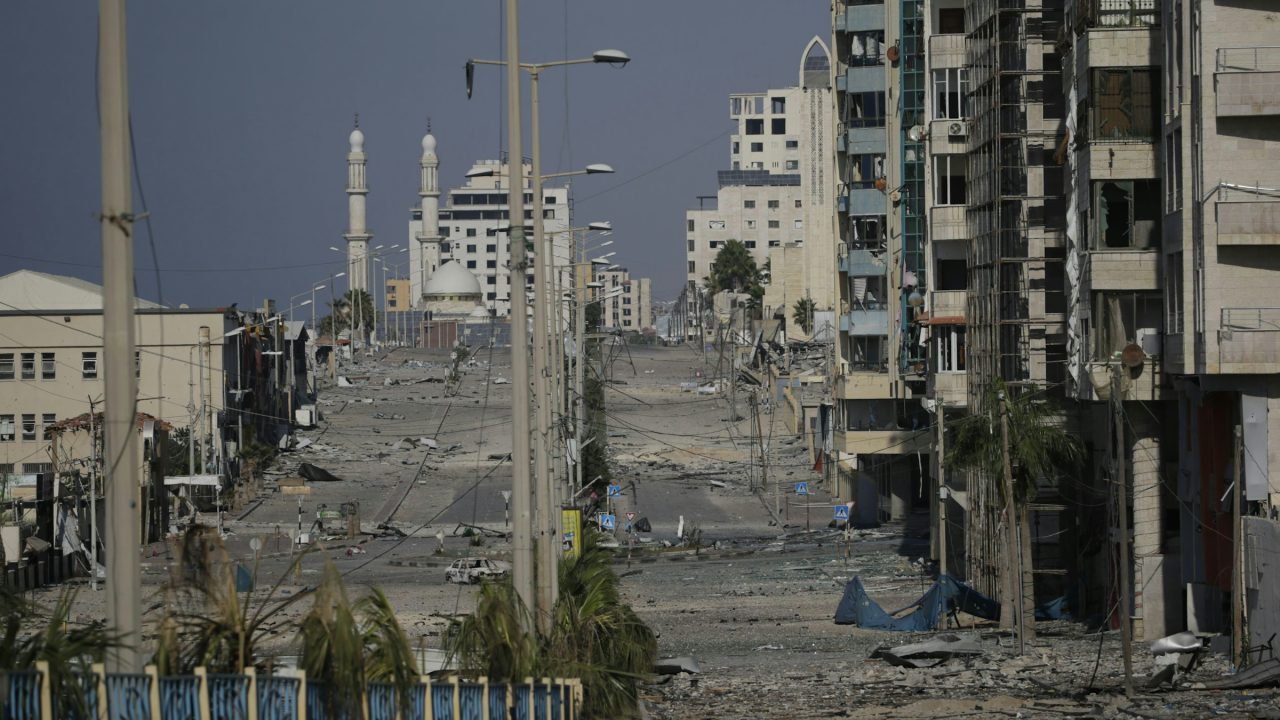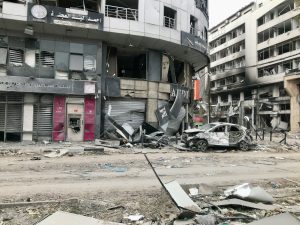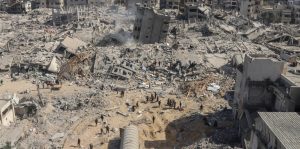Each time Gaza is bombed, the world sees the rubble — but rarely the rebuilding.
Behind every destroyed home, school, or street, there are countless hands working to restore what was lost. Gaza’s reconstruction story is not just about rebuilding walls; it’s about rebuilding lives, hope, and identity.

The Immediate Aftermath
When the airstrikes stop, silence falls — a heavy silence broken only by the sound of people searching for survivors. Families return to find their homes in ruins. Streets are covered with dust and debris. Yet, within hours, a quiet determination begins to rise.
Neighbors help each other clear rubble. Volunteers from across Gaza rush to deliver water, food, and medicine. In the middle of destruction, the first step of rebuilding begins — with people, not machines.
Reconstruction Under Blockade
Rebuilding in Gaza is not easy. The blockade severely restricts construction materials like cement, steel, and glass. Every truckload entering the Strip must go through complex approval processes, delaying progress for weeks or even months.
Still, communities adapt. They recycle old bricks, repurpose damaged materials, and use creativity to design new shelters. Some homes are rebuilt by hand, brick by brick, without heavy machinery — a labor of love born from necessity.
Homes, Schools, and Mosques Rising Again
It’s common to see schools reopening just days after being bombed. Teachers hold classes in tents or under trees. Mosques reopen with temporary roofs. Families pitch makeshift tents beside the rubble of their homes, refusing to leave their land.
Each act of rebuilding carries a message: “We are still here.”
International Aid and Local Ingenuity
International donors often promise funds for reconstruction, but political restrictions slow the process. Instead, local engineers and youth groups lead small, community-based projects — repairing roofs, repainting walls, and rebuilding classrooms.
One engineer described it best:
“We don’t rebuild for comfort. We rebuild to prove we’re alive.”
That spirit keeps Gaza standing, even when the world looks away.
The Psychological Rebuilding
Reconstruction in Gaza is not only physical. It’s emotional.
Children draw new houses over the ruins of their old ones. Artists paint murals on collapsed walls. Psychologists and community workers help families process trauma — turning pain into resilience.
Rebuilding becomes a collective therapy, a reminder that destruction can’t erase belonging.
Final Thoughts
Every time Gaza rises from the ashes, it tells a story the world must hear:
that resilience is stronger than rubble,
that hope is louder than bombs,
and that a people who rebuild again and again can never truly be broken.
👉 The next time you see Gaza’s destruction on your screen, remember: the story doesn’t end there — it’s only the beginning of another rebuilding.






